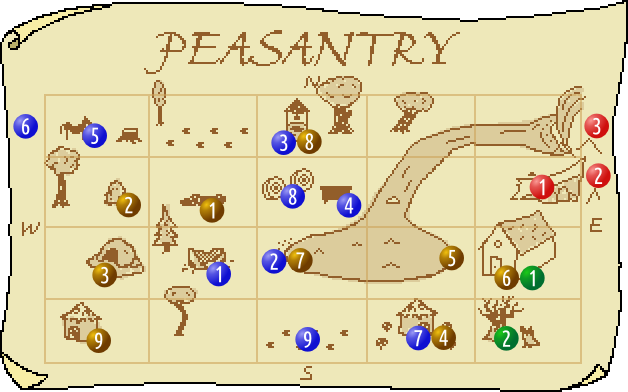I would like to start this post off by stating that this class has been like getting into a pool for me. It hasn't been that gentle entry of slowly going down the stairs and acclimating to the temperature and then slowly going one more small step down. It hasn't even been like jumping in all at once. To me, it has been more of a jumping off the super high dive into freezing water without knowing how to swim. I can also liken it to what I imagine the ELA students in my class must feel like. Moving to a new country, knowing a little language, but not knowing procedures, rules, or even how to properly function within the class all while being scared and overwhelmed.
I came into this class not being a gamer in any way, except for liking my traditional board and card games. I don't know much about the different types of games, premises of the games, or even language in or behind the games. I am truly interested in the idea of gaming and how it can be used and adapted in the classroom, but everything I have done and read so far has been brand new material to me. In some ways all of this is an explanation to myself and others of why my comments and understanding may seem so basic. That's because it is.
After reading the article by Jan Simmons, I can say I am slowly beginning to formulate some idea of narrative in educational games and simulations. It is difficult because there is so much contradiction in the field and among different factions. This makes it much more difficult to come up with a definitive idea. I feel as though I would first need to place myself into one of the factions and that is impossible.
What I take away from this article that narrative is a part of all games to a certain extent. There is a story-line embedded in most games. Even games that do not contain a plot per se have characters/opponents that are working to an end through a series of decisions. While this may not seem like narrative to me it parallels the principles of narrative. I like the point made in the article that narrative usually works backwards. An ending is created first and then it is determined what events and decisions would lead to that ending. While narrative in gaming is often thought of in reverse. The end of the game may not be known to the player but the story leads to the end. When gaming it often seems as though the end is arbitrary, but it too has usually also been predetermined.
I don't think there is much in life that can be completed separated from narrative. There is a story, created or told, in most everything we do. Whether it be as simple as characters, decision making, and an end; games include a story. Whether it is a true narrative game like Zork, an action game, or simulation, there is a story within them all. While the debate in the article was interesting (and sometimes difficult to fully appreciate) for my beginning understanding of this discipline as a whole, I think it is most important to realize that narrative is a piece of every story/game.


